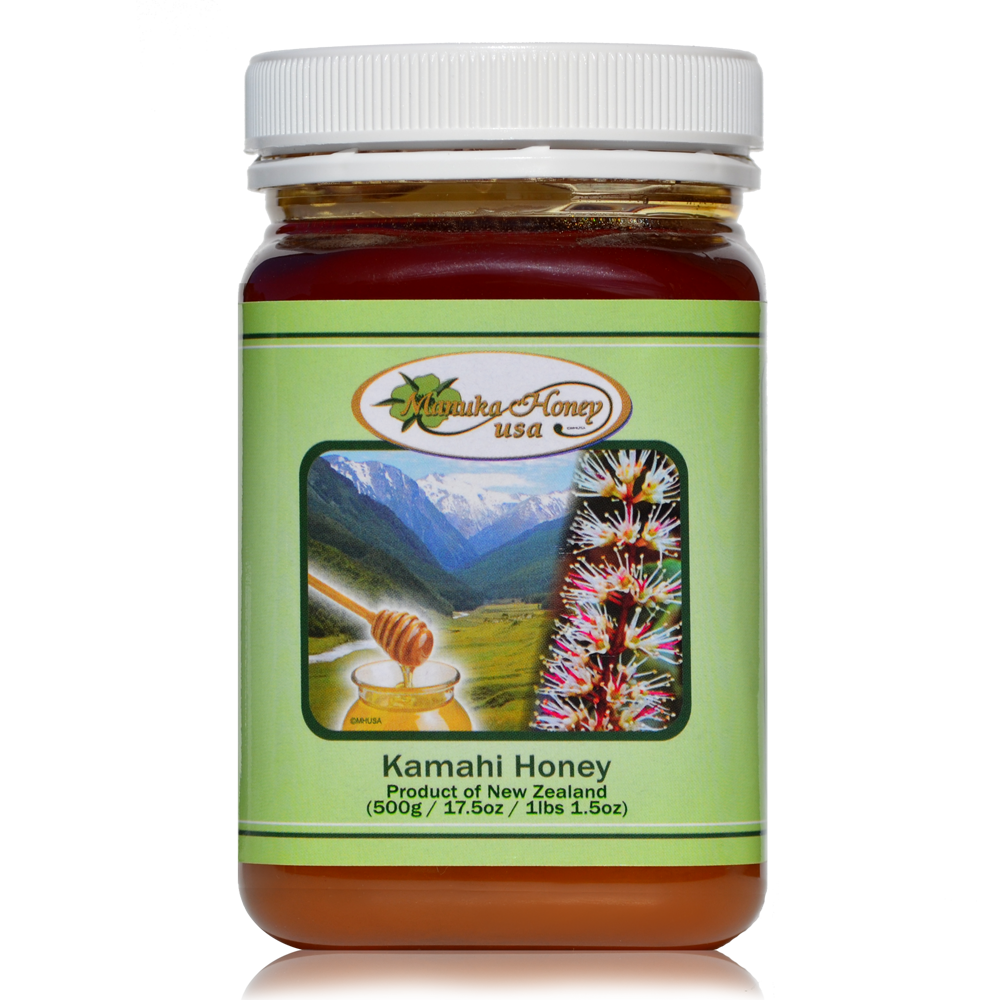Kamahi Honey: The Healthy Sandwich Spread
July 12, 2015
Eating Healthy, Eating Healthy, Manuka Honey , Honey
What is Kamahi Honey?
When we think of the types of honey that traditionally come from New Zealand, Manuka honey is usually the first kind that comes to mind. Kamahi honey is another NZ export that is often very under rated – produced in many areas of the country including the North and South Islands, Kamahi honey is most abundant along the West Coast of the South Island. This is where Kamahi trees are most prevalent, forming most of the area’s forested canopy, growing to a height of 25 meters at maturity.
Kamahi trees grow through New Zealand while other types of competing nectar sources are usually restricted to one area of the country or another. An example of this is Kamahi growing on the North Island – in addition to the Kamahi tree, Manuka and Rewarewa plants grow exclusively in this area. Because of Manuka and Rewarewa’s influences on the Kamahi tree, the nectar produced by trees growing on the North Island often have a darker colored hue from being around the other sources.
Kamahi honey is considered to have a strong taste and contains a very complex flavor profile and after tones that gourmet honey lovers enjoy. For bakers who wish to have a very identifiable honey flavor in their recipes, Kamahi honey is often the best choice of ingredients to achieve that effect. Kamahi honey also has a much yellower color than other types of honey – it averages a 37.2mm on the Pfund Scale with a standard deviation of 10.7mm. The Pfund Scale is how the color of honey is measured.
Before the market began to differentiate between different types of honey, Kamahi honey was the most popular spring honey to be extracted. At the time, little to no effort was made to separate different kinds of honey – since Kamahi honey was often mixed in with other honey types, such as the bitter Quintinea honey, it was often considered to be a much lower grade of cheap honey. Modern laboratory techniques have allowed honey producers to separate Kamahi honey for a pure flavor.
A similar type of tree to the Kamahi tree that also produces nectar is the Towhai plant. This species of plant is also found on the North Island of New Zealand and is a very close relative to the Kamahi tree. The honeys that these trees produce are very similar but the time of year in which they flower vary greatly – the Kamahi tree flowers in the late months of the year, October to December, while the Towhai plant flowers earlier in the year, from December to about February.


.jpg)




